Introduction
Leading indicators serve as a crucial compass for businesses, offering a forward-looking perspective on market trends and performance outcomes. Unlike lagging indicators that reflect past performance, leading indicators provide early warnings of potential success or challenges, empowering businesses to take proactive action and shape their strategies with foresight. By paying attention to subtle shifts in consumer behavior or fluctuations in financial performance, companies can detect the early ripples of disruptive business models or innovations.
This vigilance towards the periphery of the market can uncover crucial insights and drive effective promotional strategies. However, the fall of Rite Aid serves as a cautionary tale, emphasizing the need for proactive observation and analysis in the face of dynamic challenges. With the unpredictable road ahead, businesses must embrace a confident and action-oriented tone to stay ahead of the curve and adapt their strategies based on a predictive understanding of the market.
What Are Leading Indicators and Why Are They Important?
Leading indicators serve as the navigational compass for businesses, guiding them through the uncertainties of future market trends and performance outcomes. These indicators are forward-looking, unlike their retrospective counterparts, lagging indicators, which only reflect past performance. The importance of leading indicators lies in their ability to provide early warnings of potential success or upcoming challenges, empowering businesses to act preemptively and steer their strategies with foresight.
For instance, subtle shifts in consumer behavior or unexplained fluctuations in financial performance can be early signs of a larger impending change. By focusing on such weak signals, especially at the fringes of the market or among emerging consumer groups, companies can detect the early ripples of disruptive business models or innovations. This vigilance towards the periphery can uncover crucial insights, as demonstrated by Auchan Ukraine's forecasting model.
By predicting demand for both regular and fresh food products across 22 hypermarkets up to 55 days in advance, the model exemplified how technology can harness leading indicators to shape an effective promotional strategy, later adopted in Romania and France.
The fall of Rite Aid illustrates the critical nature of leading indicators. The gradual decline, unnoticed until it was too late, underscores the need for proactive observation and analysis. As businesses confront the dynamic challenges of 2024, it's not enough to simply plan; they must continuously adapt their strategies based on a predictive understanding of the market.
Indeed, planning remains invaluable, not for the plan itself, but for the strategic agility it affords.
By heeding the lessons from 'How Big Things Get Done' and reframing strategy beyond mere planning, business leaders can stay ahead of the curve. In a landscape where most projections fail to anticipate turning points and are often tainted by preconceived ideologies, it is the vigilant, analytical, and adaptive use of leading indicators that equips businesses for the unpredictable road ahead.
Examples of Leading Indicators in Content Marketing
In the ever-evolving landscape of digital marketing, businesses are increasingly leveraging content marketing as a strategic tool to captivate and engage their target audience. To gauge the pulse of their content's impact and steer strategies in the right direction, analyzing leading indicators is key. Here's a dive into some examples of these indicators and their practical applications:
-
Keyword Research: A foundational step in content marketing is keyword research. Tools like Ahrefs and SEMrush can unearth what terms and queries your audience is searching for. This not only helps in crafting content that resonates with your audience but also in understanding their intent, which is imperative for creating valuable and relevant content. In fact, keyword research is considered high priority and low effort, yet it yields significant insights into audience needs.
-
Competitor Analysis: Understanding the competitive landscape is crucial. By analyzing your competitors' content, you can identify gaps in your own strategy and opportunities to differentiate your brand. This analysis helps in fine-tuning your content to stand out in the digital sea, where 60% of the estimated 97 zettabytes of data is content, with an overwhelming 90% of that created in just the past two years.
-
Customer Insights: Delving into how your existing customers utilize your products or services can provide a wealth of information. Encouraging customers to share their experiences can guide your content topics, ensuring they tackle real-world challenges and are leveraged effectively by your internal teams in outreach efforts.
-
Content Types and Distribution Channels: With an array of content types at your disposal, selecting the right one can be daunting. However, a July 2023 survey of 894 B2B marketers revealed the growing use of generative AI in content creation and marketing, signifying the importance of staying abreast with technological advancements to enhance content quality and efficiency.
-
Retail Media Trends: Keeping an eye on retail media trends is also informative. For instance, US retail media ad spend is projected to reach $59.61 billion in 2024 and grow by over 20% annually through 2027. This rise is partly fueled by the growth of connected TV and other off-site formats, indicating a shift in distribution channels that savvy content marketers can capitalize on.
These leading indicators not only offer a glimpse into current trends but also serve as beacons to navigate the complexities of content marketing. By prioritizing content creation and adapting to economic shifts, marketers can secure a competitive edge and drive meaningful business growth, even in challenging market conditions.
Engagement Metrics as Leading Indicators
Understanding and tracking engagement metrics such as social media interactions—including likes, shares, comments—and website visitation numbers is a cornerstone of successful content marketing strategies. These indicators are not just vanity metrics; they have evolved into crucial signposts that signal how effectively content is resonating with its intended audience. When we see spikes in engagement, it's often a precursor to various positive business outcomes such as lead generation, brand awareness, and customer retention.
To make sense of the wealth of data available, many content marketers have turned to sophisticated tools that simplify the tracking process, allowing for a focus on key metrics that align with return on investment (ROI) and key performance indicators (KPIs).
In the dynamic world of content measurement, the goalposts are constantly shifting. For instance, Dávid Tvrdoň from Denník SME highlights a paradigm shift from merely counting page views to assessing subscription conversions attributed to specific articles. This evolution underscores the need for content teams to adapt their evaluation metrics in tandem with changing business objectives.
Moreover, the process of setting clear, SMART (specific, measurable, achievable, relevant, and time-bound) quarterly objectives is instrumental in guiding marketing teams towards common goals. This strategic planning is not just about tracking what works; it's about ensuring that every piece of content serves a purpose in driving key business actions, whether that's filling out lead forms or prompting phone calls from ads.
As we delve into the metrics that top content marketing teams prioritize, it becomes evident that not all conversions hold equal weight. Identifying and focusing on the actions that propel your business forward is crucial. The journey towards content marketing excellence is a nuanced one, demanding attention to what truly impacts the bottom line while remaining agile enough to adapt to new trends and insights.
Behavioral Insights as Leading Indicators
Delving into user engagement metrics unveils critical insights into content performance. By monitoring how long users stay on a page, their click-through rates, and bounce rates, businesses glean actionable intelligence on content resonance. For instance, the engagement framework proposed in Sequoia's article underscores the relationship between user engagement and sustained product interaction.
The more engaging and valuable the content, the higher the probability of users returning.
A case study illustrating this point reveals the intricate process of automating content ad generation for marketing campaigns. It highlights the complexity of producing hundreds of creative assets to cater to various aspect ratios, styles, and regional preferences, all while ensuring that the content captures the target audience's attention and prompts the desired action.
Compounding this, language models (LLMs) present unique analytical challenges, as traditional metrics fail to capture the nuanced user interactions—such as the intent behind text inputs or satisfaction with the received responses. By examining these interactions, businesses can pinpoint opportunities to refine the LLMs, enhancing user satisfaction and engagement.
In the realm of storytelling, the power of language is paramount. As Jill Bolte Taylor emphasizes in "My Stroke of Insight: A Brain Scientist’s Personal Journey," we are creatures of emotion, not just logic. Content that weaves a compelling narrative from start to end, aligning with the customer's journey, proves to be more engaging.
This approach has been a cornerstone of human communication since the earliest cave murals and continues to be a vital content strategy.
Furthermore, quantitative UX research methodologies stand out as robust tools for pre-development testing, allowing businesses to forecast the potential success of new features. These methods, applied in real-world scenarios, underscore the significance of data-driven insights over mere intuition in product development.
Amidst a rapidly evolving field, behavioral design and analytics practitioners are increasingly scattered across the globe, as noted by recent reports highlighting the growth of the sector since 2008. This global dispersion of talent underscores the need for comprehensive and culturally nuanced user engagement analysis, ensuring content effectiveness across diverse markets.
Armed with these insights and case studies, businesses can strategically enhance their content to better engage users, ensuring a more compelling and valuable experience, which is essential for sustainable growth in today's competitive digital landscape.
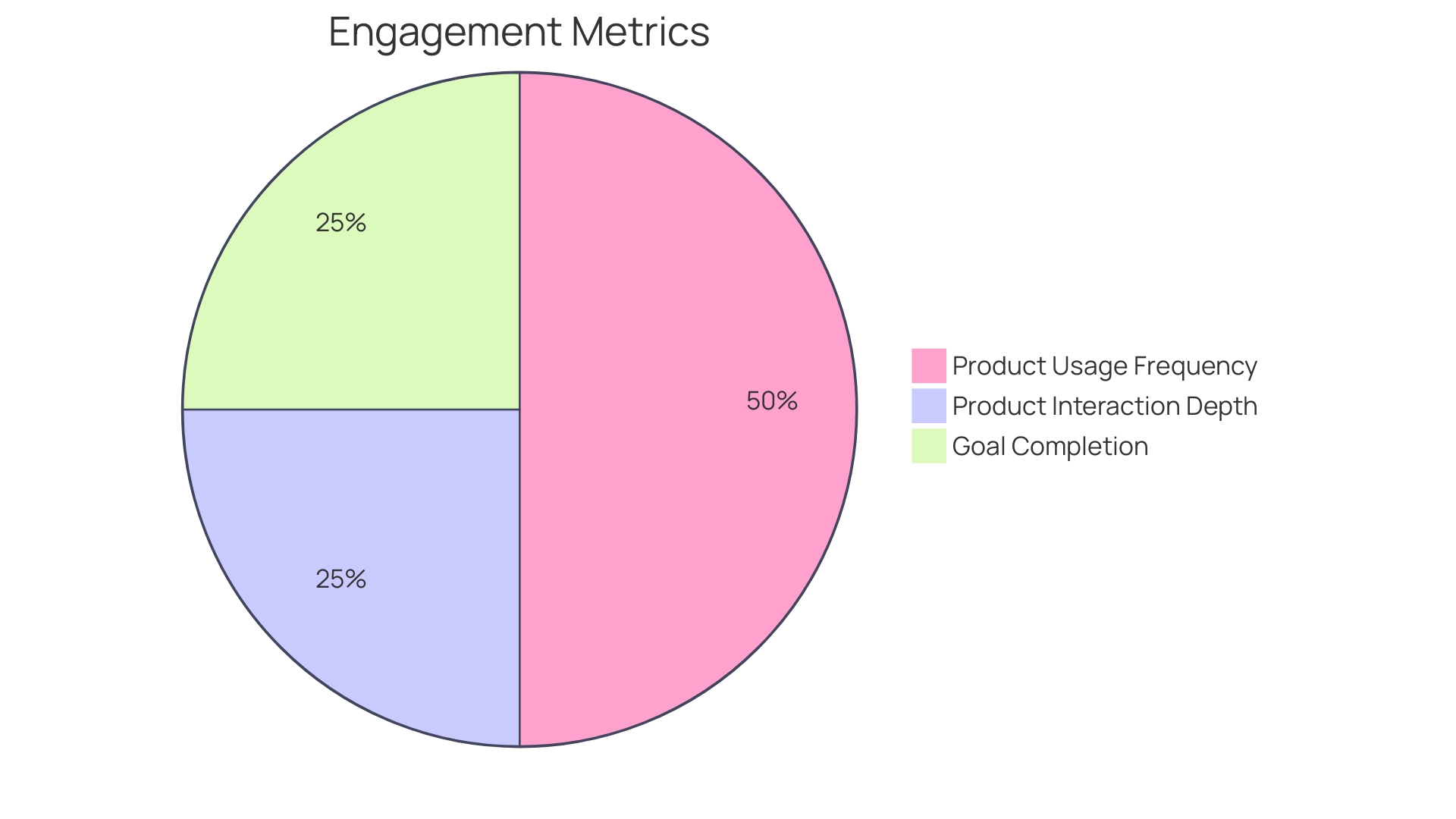
Conversion Attribution and Lead Generation
To effectively harness the power of content in driving meaningful actions, businesses are increasingly focused on meticulously tracking conversion attribution and lead generation metrics. By analyzing data such as form submissions, email sign-ups, and download figures, companies can glean insights into how well their content is resonating with potential customers and fostering conversions. Take, for example, a hotel chain that sought to amplify bookings by establishing a robust foundation with tools like Google Analytics and Conversion Tracking.
Their strategic approach allowed them to identify valuable keywords for Search/PPC Campaigns and significantly improve their conversion rates. Similarly, The New York Times' intricate digital subscription service necessitated a nuanced approach to attribution, considering the various user journeys and subscription sources, to optimize their bundle-first strategy effectively.
In the realm of sales, understanding conversion rates is not merely beneficial—it's imperative for gauging return on investment (ROI) and honing marketing efforts. This strategic data tracking contributes to informed decisions and campaigns that resonate with clients. For instance, Conversion Rate Optimization (CRO) is a data-driven tactic essential for maximizing website visitor actions.
Such optimization not only aims to convert visitors into one-time buyers but also seeks to enhance user experience for long-term customer retention, consequently elevating the lifetime value of customers and diminishing the reliance on constant new acquisitions. As businesses tackle common attribution mistakes and refine their strategies, they position themselves to thrive in a competitive landscape.
Renowned industry experts like Goodwin emphasize the significance of staying abreast of the latest trends in search and digital marketing, which further underscores the importance of a meticulous and analytical approach to conversion tracking. With a clear understanding of what drives business objectives, such as specific user actions, companies are better equipped to set and achieve SMART goals, optimizing their marketing efforts for peak performance.
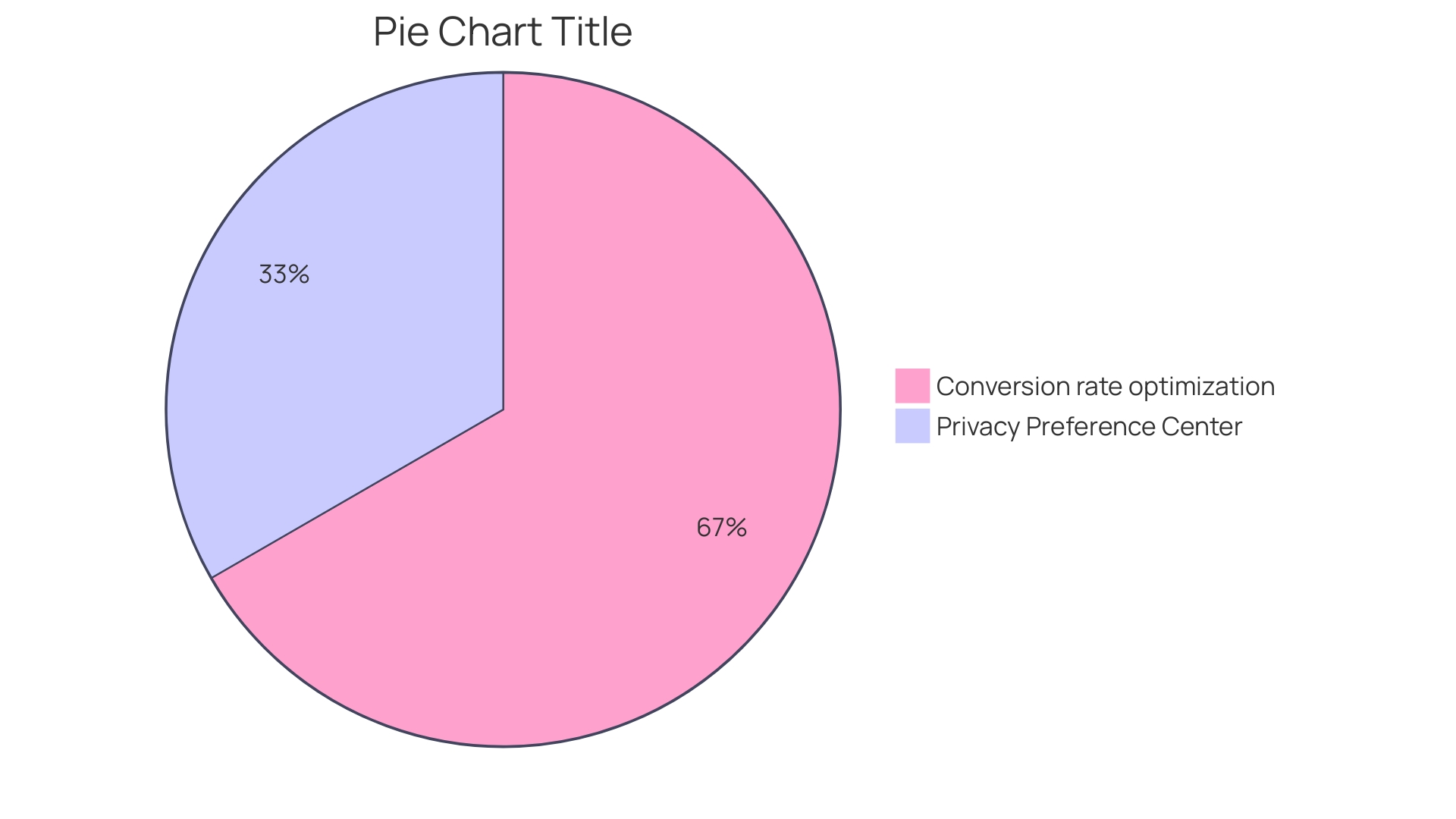
Customer Feedback and Content Audits
Harnessing customer feedback and meticulous content audits are pivotal in refining the quality and relevance of your content. Customer insights can pinpoint areas that require enhancement, offering a direct channel to gauge audience satisfaction and tailor content strategies accordingly. Concurrently, content audits provide a comprehensive review of your content's performance, fostering data-informed decisions that shape future content endeavors.
A practical approach to content auditing involves a step-by-step methodology that scrutinizes your website through the lens of user experience. By leveraging free tools, you can analyze your content's effectiveness and align it more closely with user preferences. This user-centric audit template is adaptable, ensuring that you can extract maximum value and optimize your content to resonate with your audience.
Moreover, the significance of content in driving web traffic cannot be overstated. As Bill Gates famously declared, content reigns supreme—accounting for roughly 24% of total web traffic and potentially contributing up to 30% when strategically executed. A content strategy should focus on the market rather than the product, utilizing diverse formats beyond traditional blogs to engage audiences.
Furthermore, customer feedback has proven instrumental in various sectors, including insurance, where immediate service recovery has been integrated into Voice of the Customer (VOC) programs. By responding swiftly to customer feedback, businesses have successfully mitigated policyholder churn and enhanced their service offerings.
In the realm of accessibility and assistive technology, the importance of customer feedback is equally emphasized. Educational and technological firms are engaging in dialogues at conferences like CSUN to forge accessibility roadmaps informed by educator and student feedback, demonstrating commitment to equitable education for all students, including those with disabilities.
To effectively manage content and customer experiences, businesses should consider the Mean Time to Resolution (MTTR) and Mean Time to Production (MTTP). Improving data quality, a significant portion of a data scientist's work, directly reduces MTTP, enabling faster delivery of data products. Additionally, maintaining high uptime and stringent security protocols, such as GDPR or HIPAA compliance, is essential for data teams in their pursuit of organizational success.
Ultimately, incorporating structured feedback mechanisms and conducting thorough content appraisals are integral components of a robust content management strategy, driving customer satisfaction and business growth.
How to Determine Relevant Leading Indicators for Your Content Strategy
Crafting a cutting-edge content strategy is multi-faceted and requires a deep dive into several key areas. Firstly, keyword research is paramount. Utilizing platforms like Ahrefs and SEMrush, you can unearth what your audience is querying in search engines, which informs the creation of content that resonates and ranks.
These tools provide invaluable insights into search intent and the types of content that are already performing well, which is essential for tailoring your content to meet user needs.
Analyzing competitors should be given high priority but fortunately requires low effort. It's critical to understand that your content is juxtaposed with others in the digital landscape. By scrutinizing your competitors' content, you can identify gaps in the market and opportunities to differentiate your brand.
It's also important to recognize that content strategy transcends mere blog posts. As the digital marketing ecosystem evolves, so do the formats and channels at your disposal. From multimedia to interactive tools, the options are vast and should be leveraged to engage your audience throughout the entire customer lifecycle, from acquisition to referrals.
Industries are experiencing a surge in original features, leader interviews, and in-depth analyses that go beyond daily news. This highlights a trend towards content that establishes brand authority and thought leadership. Content marketing isn't just about visibility, but about cementing your expertise and relevance within your industry.
Lastly, generative AI has emerged as a disruptive force in content marketing, as reported by a substantial 72% of B2B marketers who are experimenting with these tools. While AI can streamline content creation, it's crucial to establish benchmarks for its effectiveness to truly harness its potential. This technology offers a pathway to enhance efficiency, but only when integrated with a clear strategy and measurable standards.
Aligning Leading Indicators with Business Goals
Incorporating strategic frameworks such as Objectives and Key Results (OKRs) into your content strategy can dramatically enhance your ability to meet business goals. Popularized by John Doerr, OKRs involve setting ambitious, high-level objectives complemented by specific, quantifiable key results that serve as milestones. This dual focus ensures that every piece of content produced is not only aligned with the overarching mission and vision of the organization but is also measurable in terms of its contribution to these goals.
For instance, Boston Consulting Group (BCG) embraces a transformational approach that benefits all stakeholders, a philosophy that aligns with the OKR framework by setting clear goals and delivering solutions through cutting-edge consulting and technological innovation. Similarly, Salesforce's commitment to monitoring supplier progress towards science-based targets exemplifies the value of measurable outcomes, as they track and report annual progress in their Stakeholder Impact Report, demonstrating transparency and accountability.
This method is also reflected in the way companies such as SAP have developed systems to manage sustainability business data, akin to financial data, to set precise net-zero targets and pinpoint areas for decarbonization. These systems are essential for understanding emissions across the value chain, just as identifying key performance indicators (KPIs) is crucial for aligning content efforts with business objectives.
Moreover, focusing on a handful of meaningful metrics, such as the number of actionable leads generated, can provide a more accurate measure of progress than a broad array of less relevant data points. The key is to concentrate on those metrics that directly support your strategic objectives, much like the approach taken by Salesforce and BCG, to ensure that your content strategy is both effective and efficient in driving business success.
Using Technology to Track and Analyze Leading Indicators
Harnessing cutting-edge technology plays a pivotal role in monitoring and interpreting vital business metrics. Sophisticated analytics tools offer insights into customer engagement, behavioral patterns, and the efficacy of conversion strategies. For instance, the Zeta Economic Index leverages generative AI to process 'trillions of behavioral signals,' offering a unique perspective on consumer activities across various sectors.
This advanced approach to analytics transcends traditional economic indicators, providing an anticipatory glimpse into market trends that can be a game-changer for proactive decision-making.
In the realm of digital interactions, privacy considerations are paramount, and tools that honor user preferences while collecting actionable data are at the forefront of innovation. Such tools not only respect individual privacy rights but also ensure that analytics are drawn from reliable and ethically sourced data, as demonstrated by the Privacy Preference Center's approach to user consent.
Moreover, the integration of real-time data from a variety of digital touchpoints has become essential. According to McKinsey, organizations that effectively harness customer behavioral insights can see an 85% increase in sales growth and a more than 25% rise in gross margin. This speaks to the power of data-driven strategies in uncovering opportunities and optimizing business operations.
The digital economy's expansive growth, as outlined by the U.S. Bureau of Economic Analysis, is propelled by ICT infrastructure, e-commerce, and priced digital services. These areas provide a fertile ground for leveraging analytics tools that can yield a comprehensive understanding of the digital landscape's impact on economic health and stability.
In summary, embracing advanced analytical platforms facilitates the distillation of complex data streams into actionable business intelligence. This approach not only drives growth and efficiency but also equips decision-makers with the foresight needed to navigate the ever-evolving digital economy.
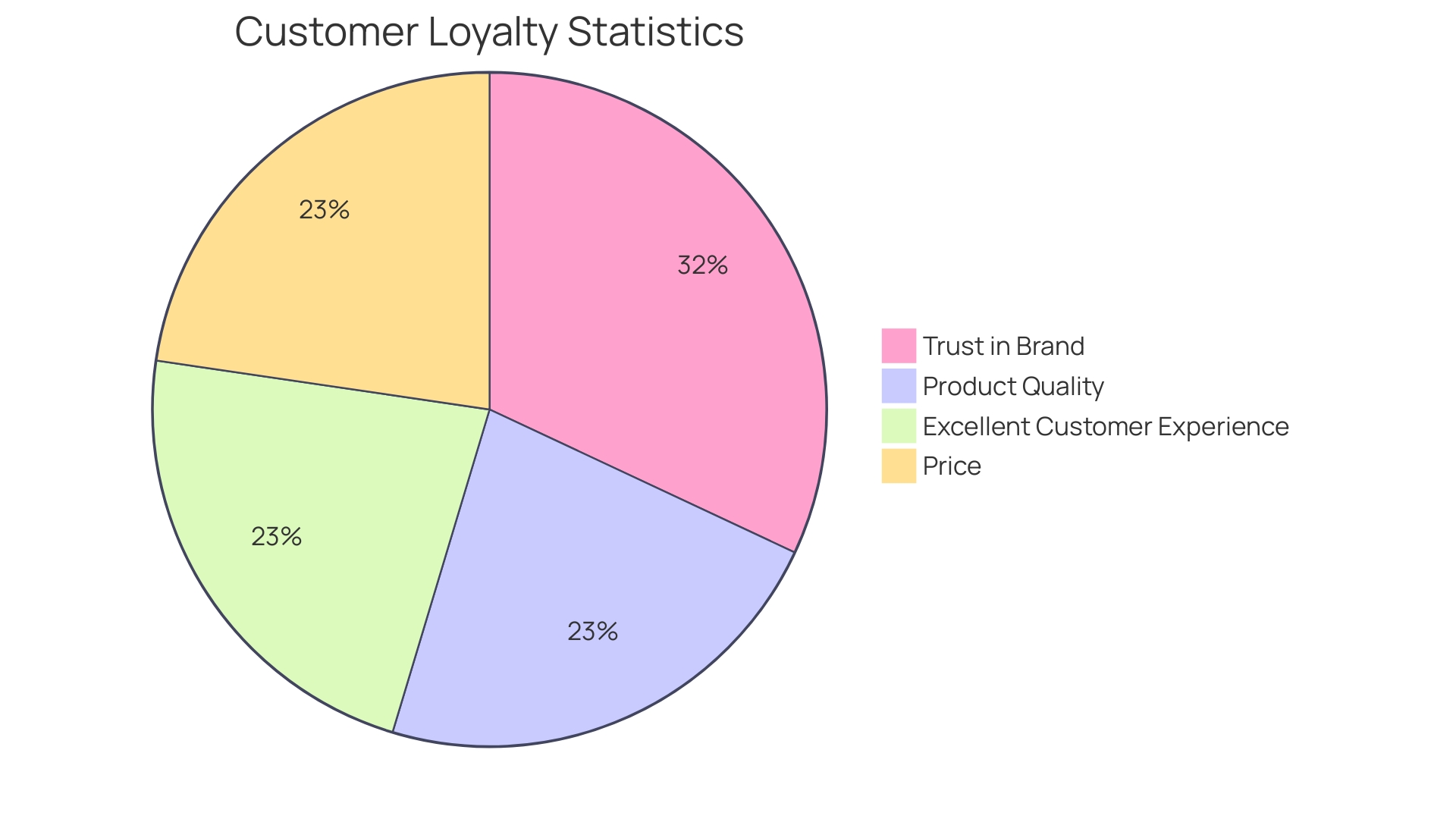
Qualitative Measurement Strategies to Enhance Leading Indicators
Beyond the quantitative analysis, it's crucial to integrate qualitative methods to provide a more nuanced view of content impact. For instance, INRAE's approach, guided by French law, requires researchers to be evaluated biennially by their peers, focusing on their work process rather than just outcomes. This reflects psychologist Christophe Dejours's emphasis on assessing the work itself.
Similarly, in the healthcare sector, patient surveys, EMR data, and administrative claims have been vital in quality assessments across OECD countries and are increasingly being used in LMICs, although they were not originally designed for quality measurement.
The financial sector, too, recognizes the importance of qualitative data. The Federal Reserve Bank of New York's mission to ensure a safe banking system includes engaging in policy analysis and fostering well-functioning financial systems, which undoubtedly relies on qualitative insights.
However, capturing the essence of content effectiveness goes beyond just data collection; it calls for a shift in mindset about what constitutes valuable measurement. As highlighted by industry experts, the journey to understanding the true meaning of content for a business starts with the recognition of qualitative metrics and their advocacy. This is echoed in the sentiment that while numerous tools exist to crunch numbers, they fall short in interpreting content's business significance.
Therefore, the initiative to measure content marketing effectively should encompass both quantitative and qualitative dimensions to drive informed decisions and demonstrate the value of content beyond just numbers.
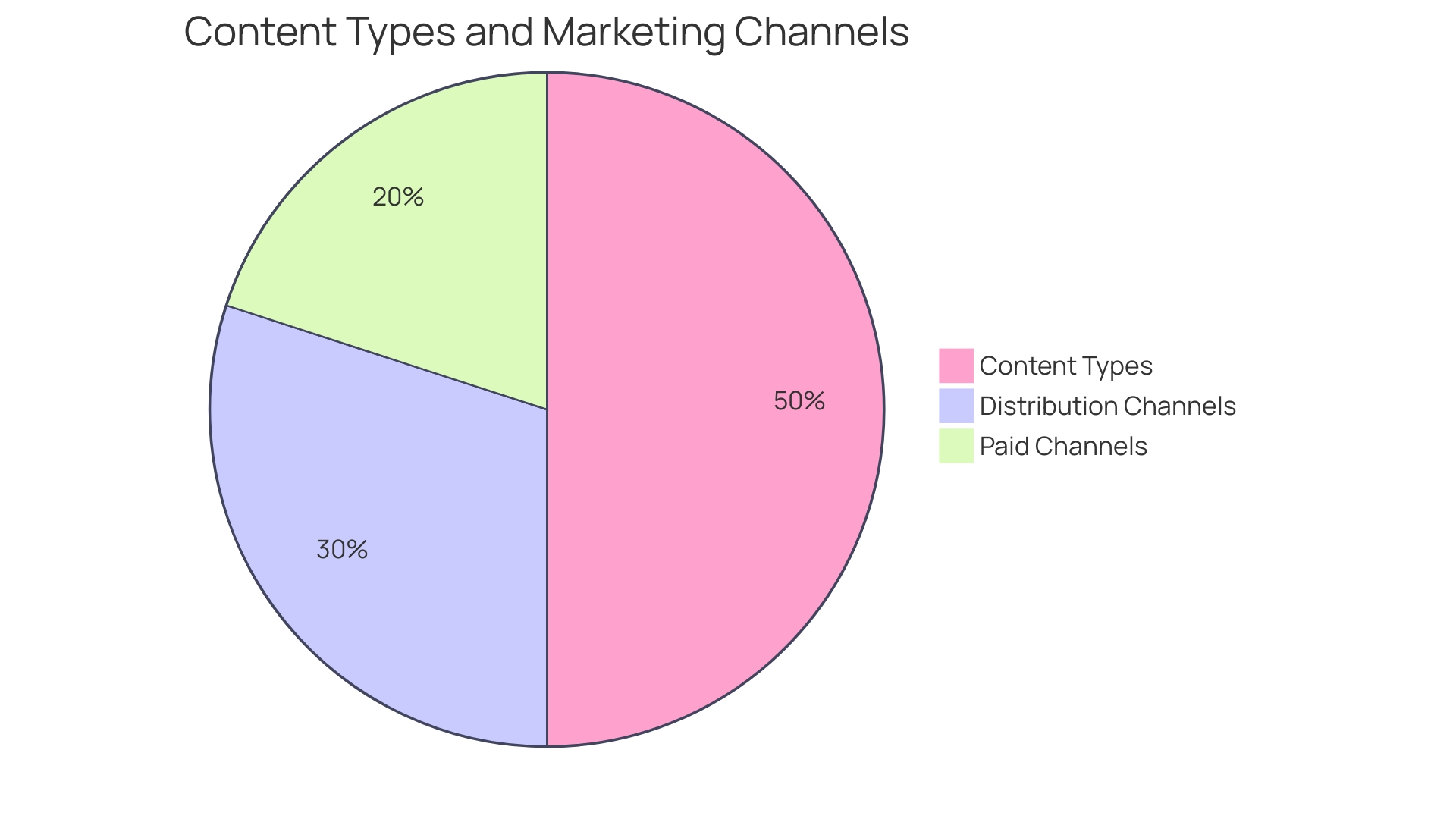
Case Studies: Real-World Examples of Leading Indicators in Content Marketing
Diving into the world of content marketing, examining real-world applications reveals how top-tier companies leverage leading indicators for success. For instance, OTW, a content agency, crafted a novel concept to captivate a new audience for Volvo Penta, a marine propulsion technology provider. They shied away from conventional marine leisure marketing imagery, instead opting for fresh visuals that resonated with their target demographic, ultimately leading to a successful campaign.
Similarly, a hotel company’s strategic deployment of tools like Google Analytics and targeted PPC campaigns resulted in increased bookings, demonstrating the power of a well-founded strategy in content marketing.
Enhancing content creation is paramount, especially during economic downturns when market visibility is critical. McKinsey studies underline that brands that continue to invest in marketing during such times often gain a more substantial market share. With the content marketing landscape rapidly evolving and becoming increasingly data-driven, it’s evident that marketers must commit to content creation to stay ahead in this competitive sphere.
For instance, a shift to publishing five well-researched posts per month struck the perfect balance for one content agency, highlighting the importance of strategic planning and consistency in content output.
Indeed, content is the colossal entity in the ocean of data, representing 60% of the estimated 97 zettabytes generated, 90% of which came about in the last two years. This explosive growth further stresses the need for marketers to remain agile and focused on content creation as a cornerstone for business growth into 2024 and beyond. Marketers are encouraged to harness these insights and strategies to navigate the content-rich digital seas successfully.
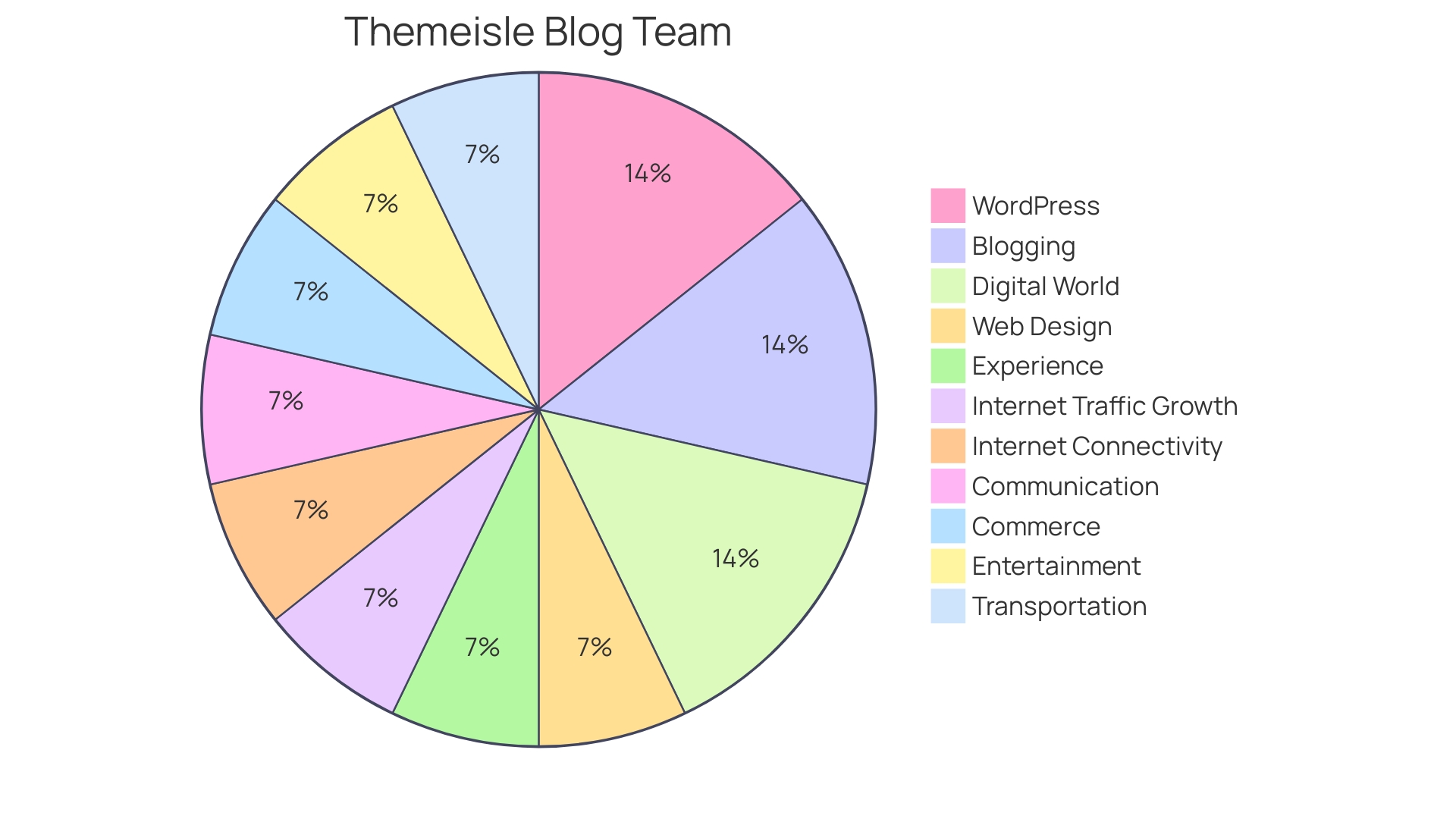
Conclusion
In conclusion, leading indicators are crucial for businesses to navigate future market trends and performance outcomes. By detecting subtle shifts in consumer behavior and financial performance, companies can anticipate disruptive business models and drive effective strategies.
The cautionary tale of Rite Aid emphasizes the need for proactive observation and analysis in the face of dynamic challenges. To stay ahead, businesses must adopt a confident and action-oriented tone, providing practical advice and solutions to their CFO audience.
In content marketing, leading indicators like keyword research, competitor analysis, customer insights, engagement metrics, and conversion attribution play a vital role. They offer valuable insights into trends, content resonance, and drive meaningful outcomes such as lead generation and customer retention.
By harnessing customer feedback and conducting content audits, businesses can refine their content's quality and relevance. Aligning leading indicators with business goals through frameworks like Objectives and Key Results (OKRs) enhances content strategies and drives success.
Technology plays a pivotal role in tracking and analyzing leading indicators. Sophisticated analytics tools provide insights into customer engagement, behaviors, and conversion strategies. Integrating qualitative measurement strategies offers a nuanced view of content impact and informs decision-making.
Real-world examples demonstrate the successful use of leading indicators in content marketing. By staying agile, investing in content creation, and focusing on market visibility, businesses can thrive in the competitive digital landscape.
In summary, prioritizing leading indicators enables businesses to navigate the future market effectively. By adopting a confident and action-oriented tone, aligning strategies with goals, leveraging technology, and integrating qualitative measurement strategies, businesses can drive growth and succeed in the dynamic digital landscape.




